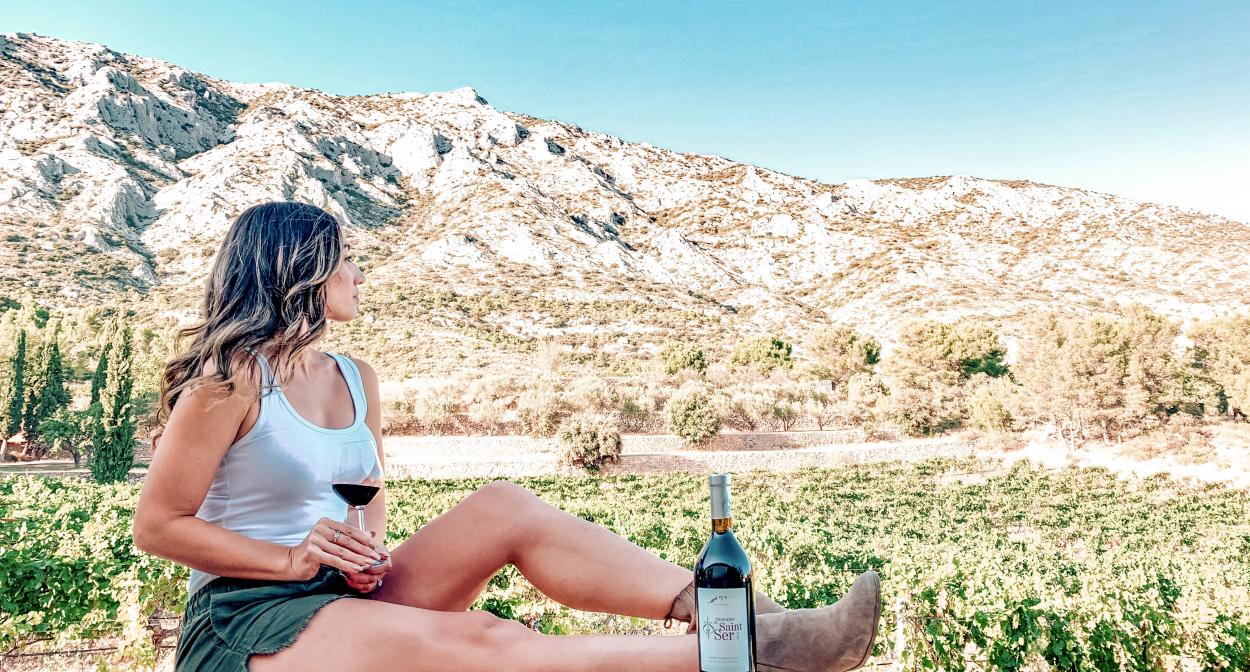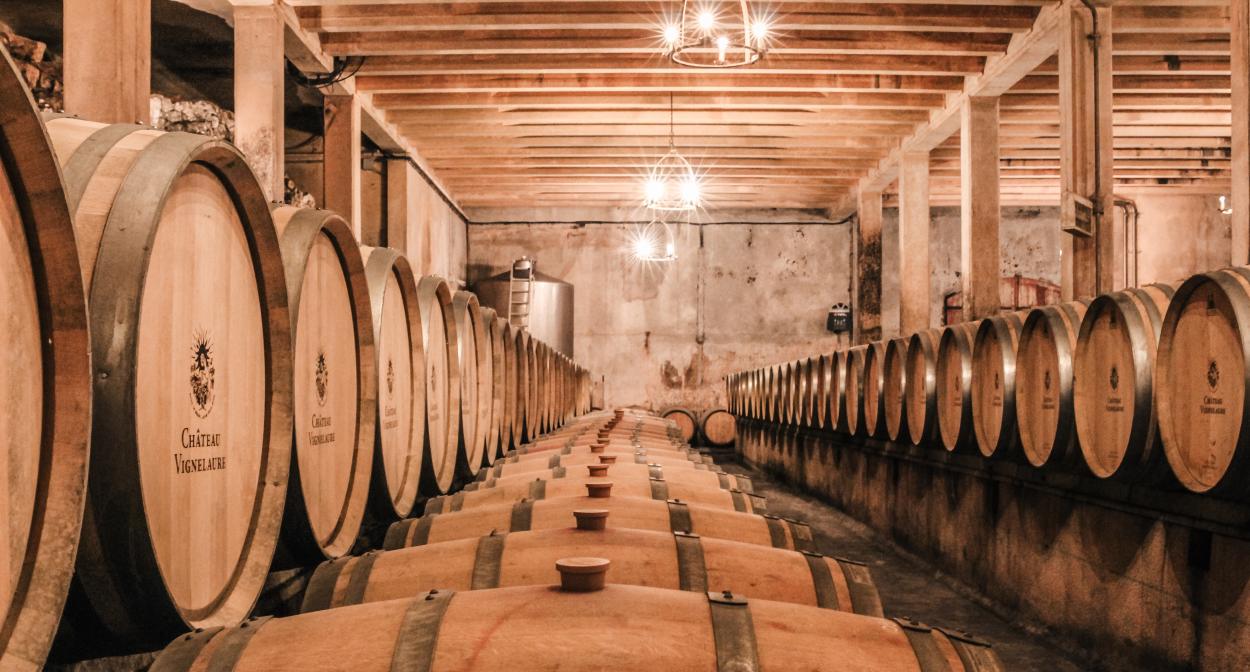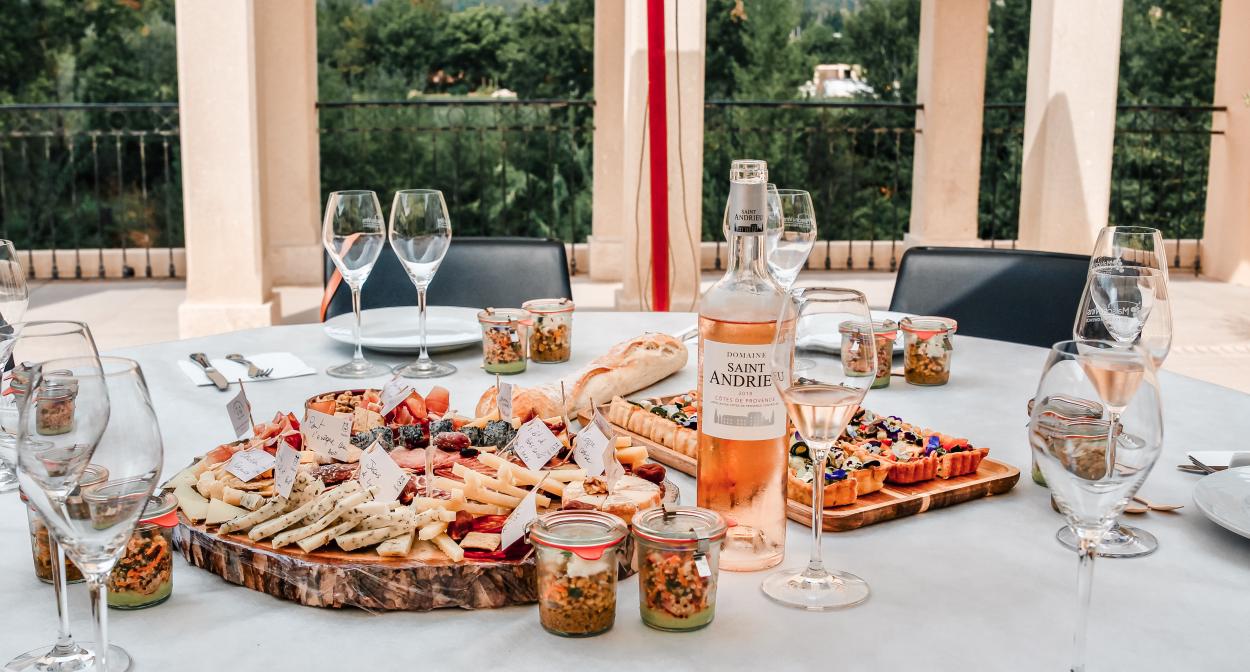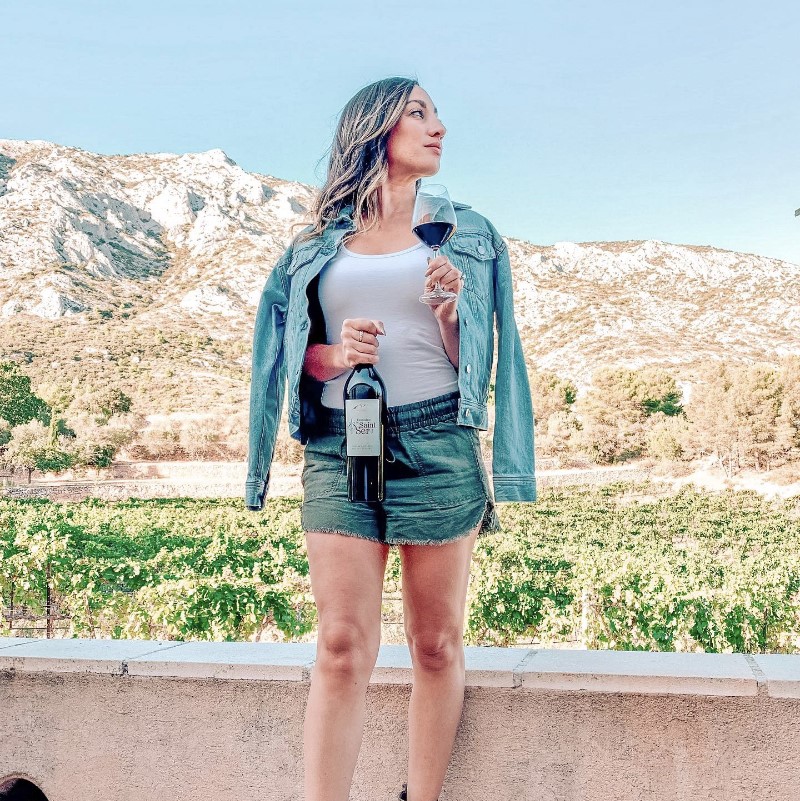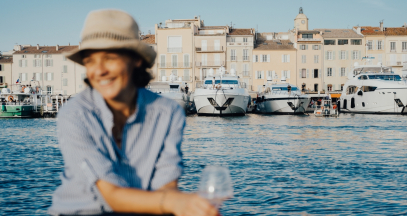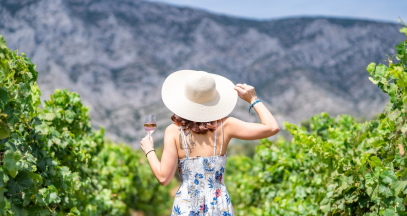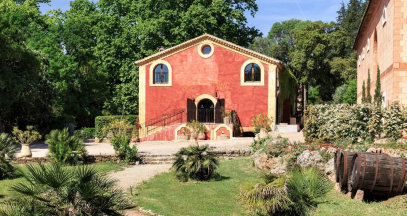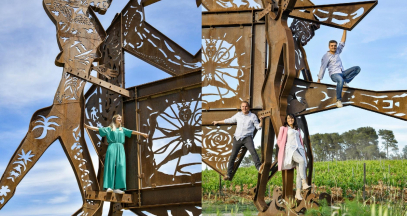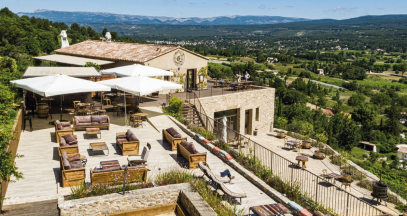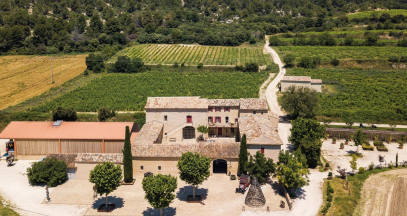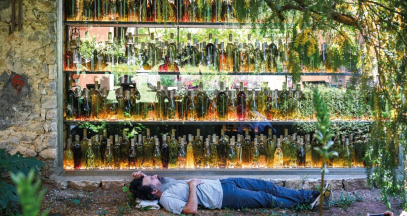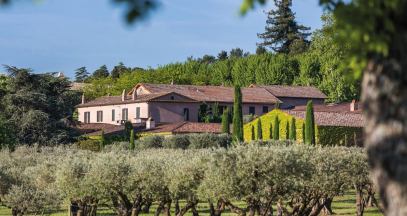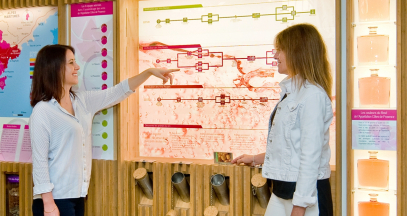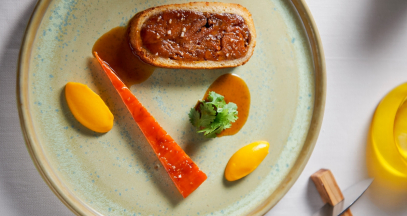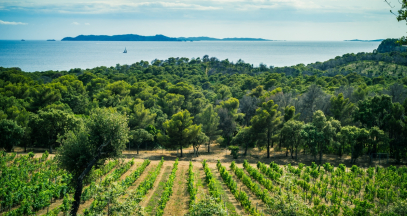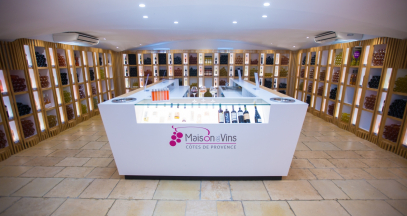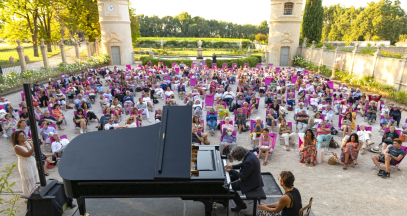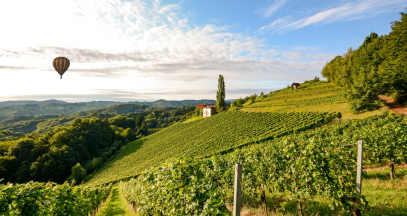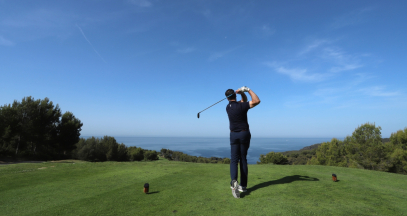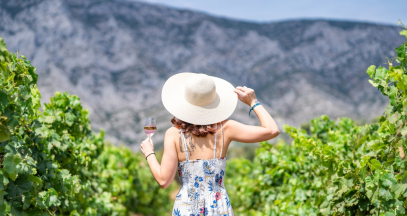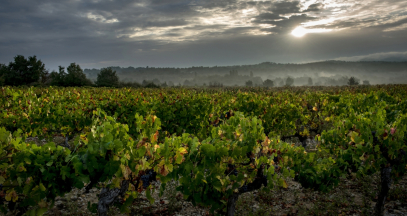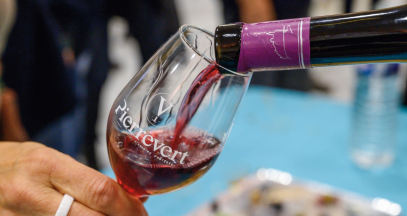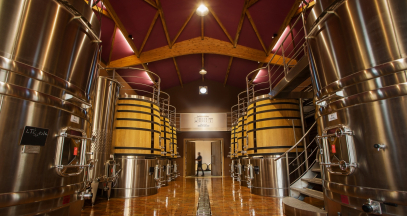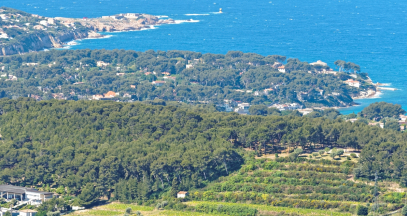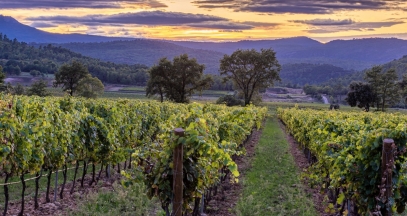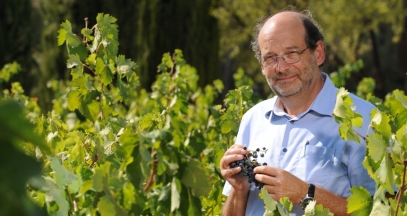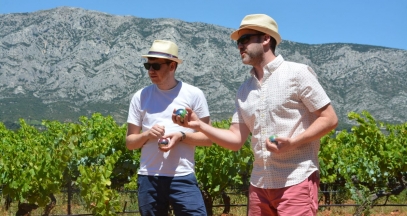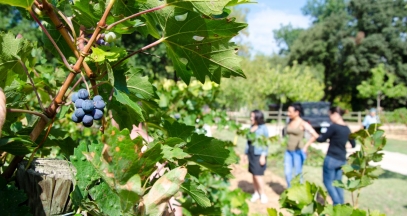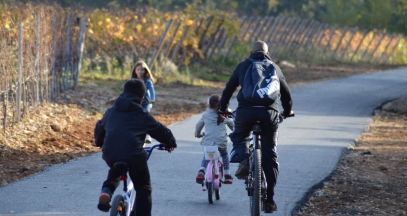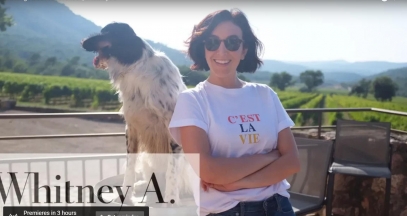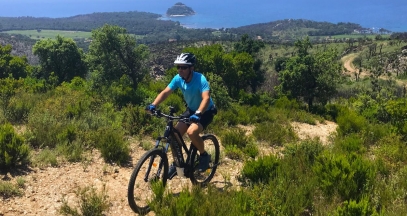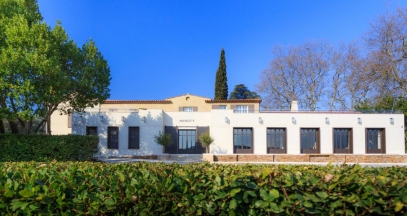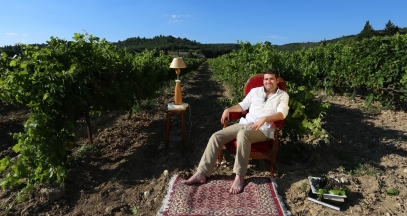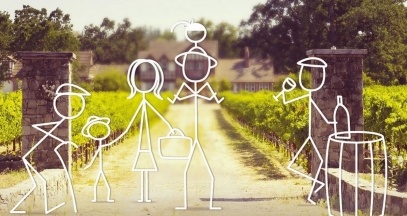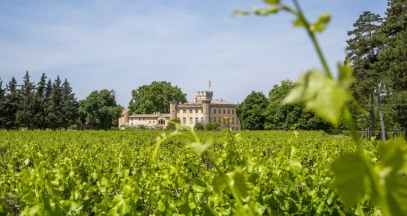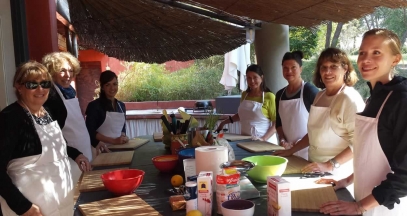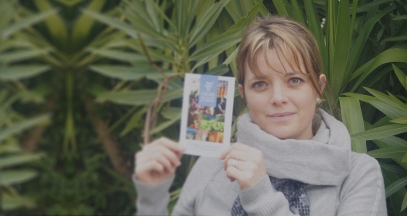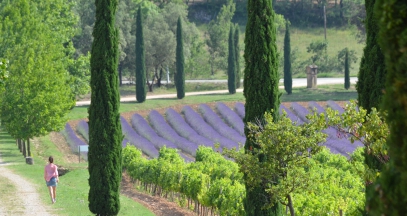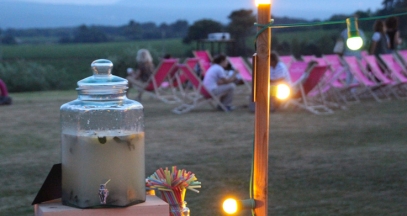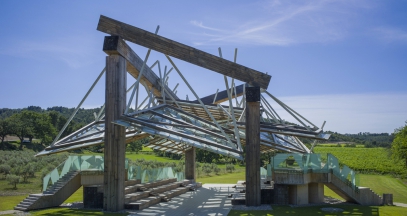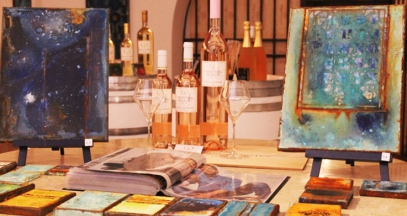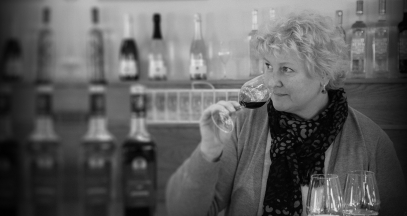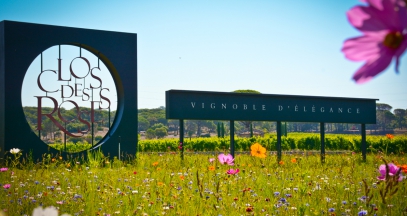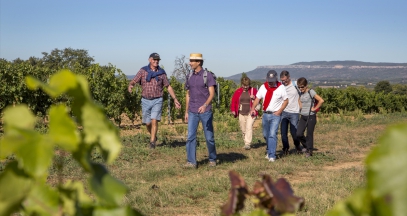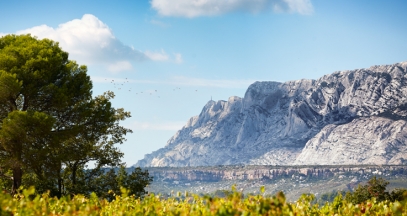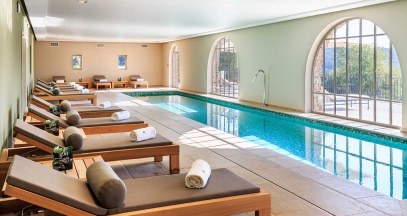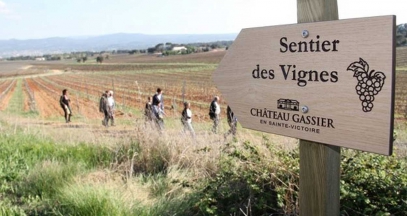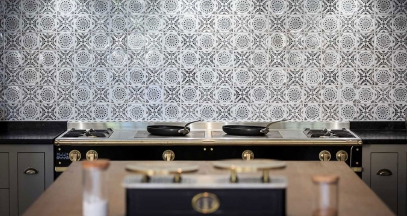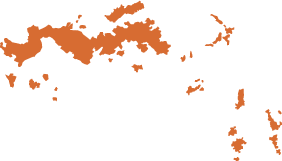It’s been a few weeks since I’ve stood at the foot of Montagne Sainte-Victoire, basked in the culinary delights of Philippe Da Silva, and of course over-indulged in copious amounts of rosé. Provence is a wine lover’s dream, but I quickly discovered it’s so much more than that. Today I’m sharing the top reasons why Provence should be your next travel destination.
The Wine
Of course, I had to start here. Too obvious? When you hear, “Provence” the first thing you probably think of is rosé…and there’s good reason for that. 88% of wine production here is rosé wine, and it’s also important to note that the region has been producing wine for over 2600 years! Warm sunny days, cooling influences from the Mistral winds, and altitude (in some areas) allow for successful wine-growing and viticulture. The region is also known for its diverse aspects, slopes, and soils consequently producing a wide range of styles. Maisons des Vins, in the center of Arcs Sur Argens (in the region of Dracénie Provence Verdon), is a cultural center for wine and a great introduction to the wines of Provence. They house over 800 wines from the region that you can buy at producer prices and rotate 16 wines per week for in-house tastings. It was there where I experienced first-hand the diversity of not only the different styles of wine produced here, but the range within just the rosé category alone.
Into wine from volcanic soils? The Eastern sub-region of Fréjus within the Côtes de Provence showcases rosé with a distinct minerality and a well-balanced acid structure. Looking for a rosé with more concentration and complexity? Check out the sub-region of Saint-Victoire. Here, the limestone soils and large diurnal range produce rosé and red wines with age-ability.
Speaking of red wine, the heat of Southern France quite literally brings “the heat” when it comes to the red blends. Some of my favorite moments were when I was wrapped up in the perfect romance between Syrah and Cabernet Sauvignon, although Grenache, Mourvedre, Carignan, Cinsault, Counoise, and Tannat are also allowed in the blends. Some are fresh, fruity and easy-drinking, while others are oaked, complex, and begging to be aged. These wines are a little harder to find in the US (Bandol being the exception), but if you can find one, definitely buy it!
The white blends were impressive as well. Combinations of Rolle (Vermentino), Ugni Blanc (Trebbiano), Clairette, Bourboulenc, Marsanne, Roussanne, and Grenache Blanc served up wines with notes of white rose, lemon rind, grapefruit, white peach, fennel, and honey. Some winemakers will choose to age these wines on their lees for 5-6 months giving a creamy, weighted mouth-feel, and the perfect tug-of-war between fresh fruit, flowers, herbs and bready yeast.
Rosé may have put Provence on the map, but there is a wine for everyone’s palate. It’s not just about aromas and flavor compounds either. As of 2016, Provence had 17,789 acres of certified organic grapevines. That is a staggering 65% increase over the last six years! Provence is committed to the rise of eco-friendly, sustainable practices, and I think that’s important to factor in when deciding your next wine travel destination!
The Food
To say I was in culinary heaven for six straight days would be an understatement. There is no shortage of Michelin Star restaurants in Provence, and the first night I had the pleasure of experiencing the culinary masterpieces of Philippe Da Silva at Les Gorges De Pennafort. Beef carpaccio with shaved white truffle and mushrooms, John Dory fish in a traditional barigoule sauce, and duck liver ravioli in a parmesan cream were just a few dishes I will always remember…quite possibly for the rest of my life. Cozy up and stay awhile as the restaurant is part of the Hostellerie de Pennafort fully equipped with 13 rooms and suites.
World-acclaimed French chef, Alain Ducasse has also made Provence a home for his hotel and restaurant, Hostellerie De l’Abbaye de La Celle just 3 kilometers away from the medieval village, Brignoles. Nicolas Pierantoni, Chef de cuisine since 2016, carries the motto, “product in the purest form,” and that is evident when you walk through the property’s gardens. The vegetable and herb gardens are weeded by hand and watered with spring water. The selections change with the seasons, and that is always reflected in the ever-changing menu selections. They also house 88 grape varieties in their outdoor conservatory just past the Cyprus trees…a wine lover’s dream! Try the young rabbit porchetta with seasonal garden vegetables or rump of veal roasted with sage, boulangere potatoes, and carrot tops. Don’t forget to end the meal with roasted figs with fromage blanc sorbet, and a plum tart from Brignoles. It’s not surprising that the restaurant has held a coveted Michelin Star since 2006.
The best part about dining in Provence is that you don’t need to visit a Michelin Star restaurant to have an incredible culinary experience. Another one of my favorite meals was at Restaurant Le Chapitre at Le Couvent Royal Hotel. Located in the old Chapter House (connected to Basilique de Saint-Maximin), you can take a stroll through the cloisters and garden before being romanced by Chef Romaric Olivot’s menu. The duck breast with gingerbread crumble, soft fig pastillas, reduced port, and sweet potato purée left me singing praise all night long. The meal ended with seasonal roasted figs for dessert which seemed to be a Provençal seasonal staple.
See Nicole's full wine tour in Provence on her blog : www.grapechic.com


